
26-Nov. Curso de Acero Inoxidable CEDINOX
Formación en aceros inoxidables por parte de la empresa CEDINOX

Formación en aceros inoxidables por parte de la empresa CEDINOX
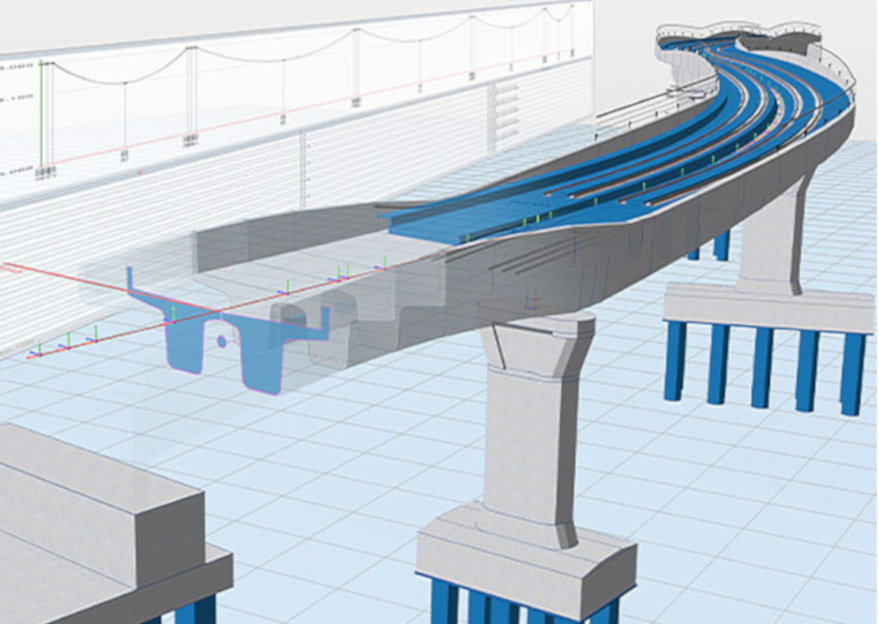
La metodología BIM implementada a infraestructuras surge de la necesidad de convertir un flujo de trabajo fragmentado y poco operativo a un único modelo común alojado en la nube. Allplan Bridge es el primer software del mercado que permite generar un diseño 3D paramétrico a partir del cual obtener el modelo analítico, el cálculo e informes acordes a normativas y realizar el armado de toda la infraestructura de manera automática, mientras trabajas de manera colaborativa con el resto de tu equipo y en tiempo real.
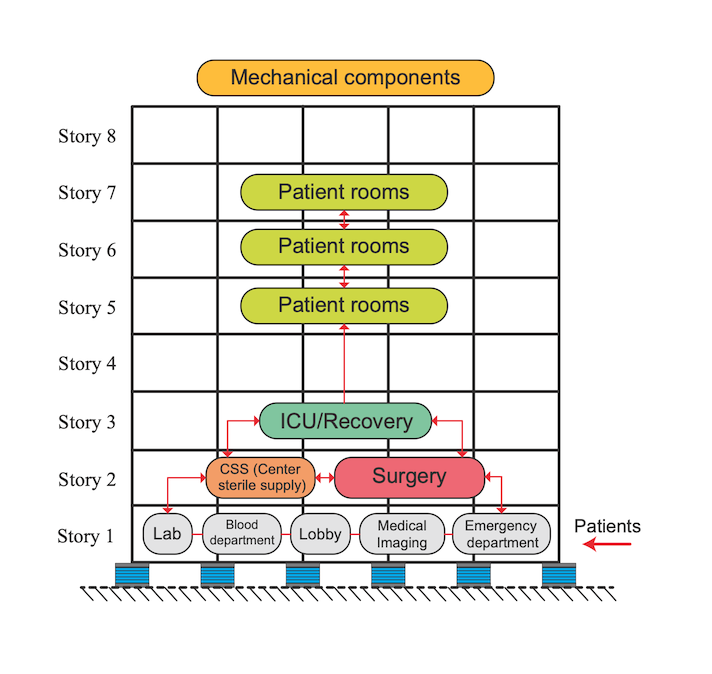
La charla aborda el papel del machine learning en la mejora de la resiliencia y la recuperación funcional tras terremotos. Se presentan varios marcos metodológicos: uno probabilístico basado en redes bayesianas para estimar la pérdida funcional en hospitales con aislamiento sísmico; otro de optimización multiobjetivo (NSGA-II) para planificar estrategias de recuperación eficientes en tiempo y coste; y un marco escalable, apoyado en algoritmos supervisados y no supervisados, para evaluar la resiliencia regional de grandes conjuntos urbanos. En conjunto, estos enfoques permiten priorizar recursos y acelerar la restauración de servicios esenciales, demostrando el potencial del aprendizaje automático para fortalecer la continuidad funcional de las infraestructuras urbanas.
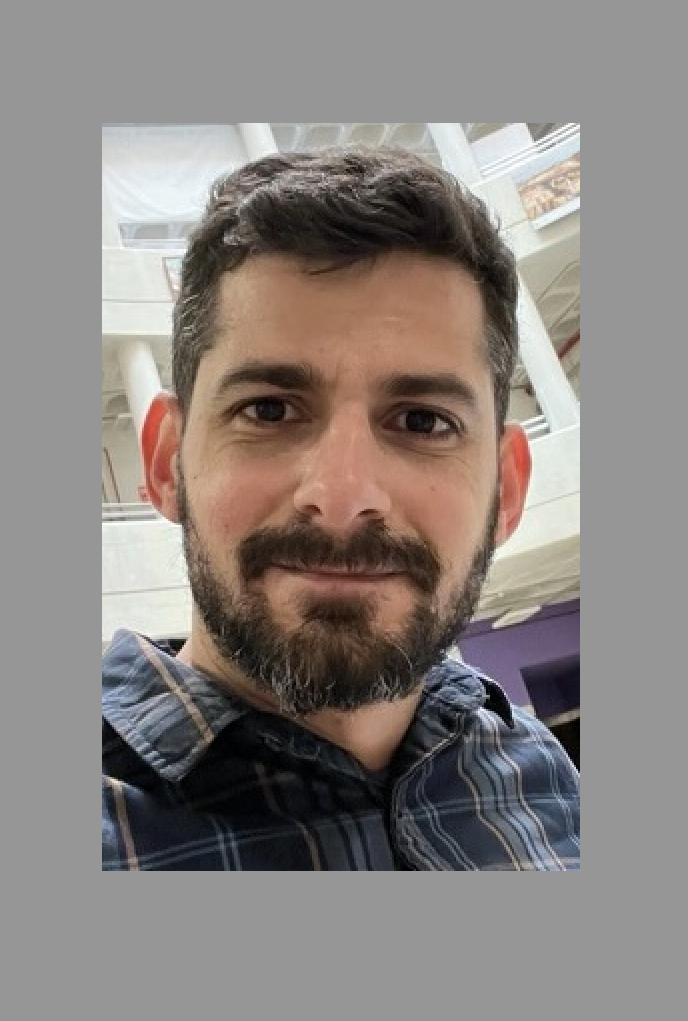
Los avances en Identificación Modal Operacional (OMA) e Inteligencia Artificial (IA) están transformando el Structural Health Monitoring (SHM) y la gestión de infraestructuras envejecidas. El reto principal es integrar el conocimiento físico de los modelos estructurales con las metodologías basadas en datos.
En la charla se presentarán aplicaciones que van de la investigación a la industria: detección de daños con OMA y machine learning, validación frente a modelos de elementos finitos y transferencia tecnológica. El objetivo es mostrar cómo la combinación de OMA e IA impulsa un marco integral de SHM para apoyar decisiones desde el nivel estructural hasta redes de infraestructuras críticas.
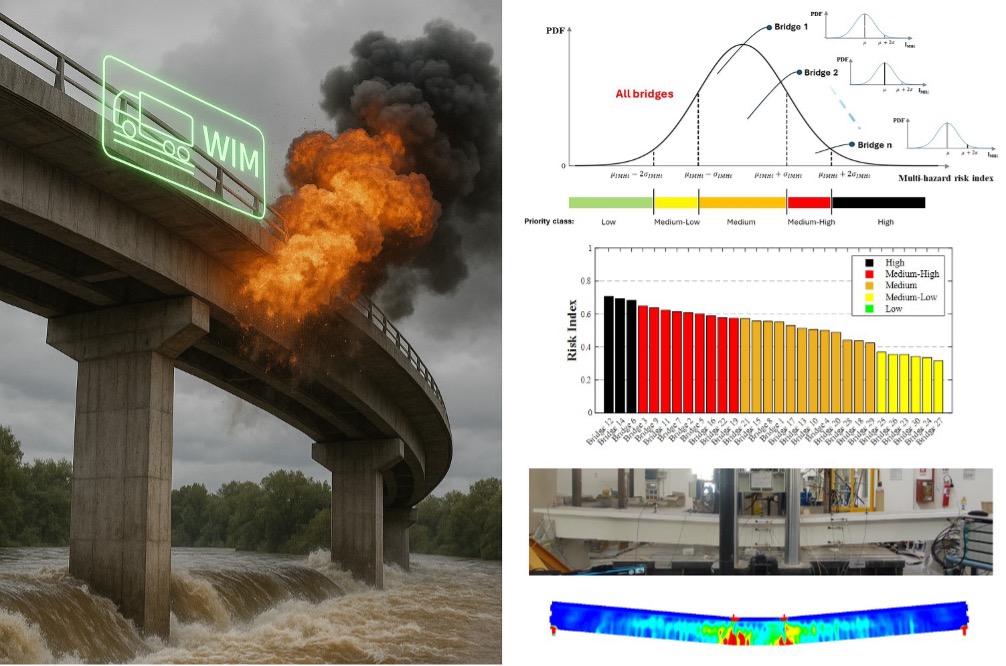
Rational management of aging bridge infrastructure under natural and anthropogenic hazards requires advanced methodologies that address structural robustness, risk, and resilience—from individual bridges to entire networks. This talk presents recent research developments from the University of Naples Federico II (Italy) on the multi-hazard assessment of existing bridges, combining multi-scale computational simulations with targeted experimental testing. Various approaches to nonlinear modelling (continuous vs. discontinuous, 1D vs. 2D/3D) and response analysis (static vs. dynamic) of bridge structures are explored to capture damage evolution and collapse mechanisms under extreme events such as traffic overloading, pier scour, and localised damage. Results from an extensive experimental programme on bridge girders are discussed, emphasising their role in calibrating and validating numerical models. Case studies on real bridges and portfolios illustrate practical applications and highlight critical challenges in the quantitative assessment of robustness and risk. Outputs from complementary approaches to vulnerability and risk assessment are presented to support the prioritisation of inspections, monitoring, detailed safety evaluations, and retrofit interventions for infrastructure systems exposed to multi-hazard environments.

Formación en aceros inoxidables por parte de la empresa CEDINOX

La inspección periódica de puentes y viaductos es una actividad fundamental para evaluar la seguridad estructural, la durabilidad y la funcionalidad de estas infraestructuras. Con el paso del tiempo, pueden aumentan las exigencias de uso y, junto con la acción de los agentes meteorológicos o las operaciones de vialidad invernal, aceleran el deterioro de estas infraestructuras.
En los últimos años, el uso de sistemas aéreos no tripulados, conocidos popularmente como drones, ha aparecido como una potente herramienta para complementar y posiblemente sustituir paulatinamente los métodos tradicionales. Con ello se impulsa un cambio hacia modelos de gestión más proactivos, que combinan el diagnóstico temprano con tecnologías avanzadas, permitiendo una evaluación más rápida, detallada y eficaz. En esta conferencia se abordarán las aplicaciones actuales de los drones en la inspección estructural de puentes, las últimas tecnologías en sensores para la toma de datos, creación de modelos y análisis, sus ventajas y desafíos. Además, se expondrá el marco normativo y técnico que regula el uso de drones en la inspección de puentes y viaductos. Se mostrarán las oportunidades profesionales que esta tecnología ofrece en el ámbito de la ingeniería de estructuras, con una creciente demanda de perfiles técnicos capaces de integrar la inspección estructural con el análisis digital y la innovación tecnológica.
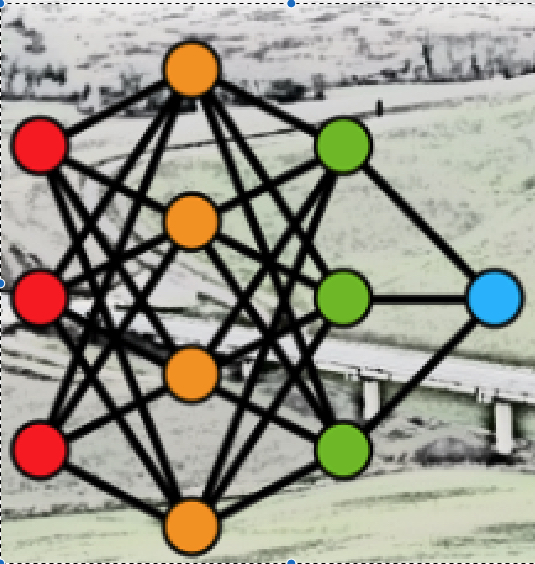
Recent developments in artificial intelligence (AI) and advanced sensing technologies are transforming the field of Structural Health Monitoring (SHM). As infrastructure continues to age—particularly in Western countries with older built environments—SHM has become essential for evaluating and ensuring structural safety. While significant progress has been made in AI-driven data analysis and in the development of novel sensing solutions, such as self-sensing structural materials, effective prognosis in civil engineering remains elusive. A major challenge lies in the limited integration between data-driven insights and physics-based models.
To enable risk-informed decision-making at a territorial scale, SHM must evolve into a comprehensive, multi-scale framework—one that fuses multimodal sensor data with computational modeling, and expands the focus from individual structures to interconnected networks. This talk delves into the latest research from the University of Perugia, Italy, exploring the intersection of advanced sensing, AI-powered analytics, and computational techniques. Topics include smart masonry using self-sensing materials, deep learning and statistical pattern recognition for damage detection and classification, and the application of metamodeling and Bayesian inference for more robust structural assessment.

In recent years, there has been a significant shift toward the use of Structural Health Monitoring (SHM) systems to support decision-making in infrastructure management. SHM systems provide continuous and more reliable assessments of structural conditions, paving the way for a transformative era of advanced management strategies, including the use of interpretation models and intelligent algorithms. This transformation involves the development of cutting-edge SHM frameworks that incorporate digital twins, virtual counterparts of physical assets, enhanced by metamodels to enable efficient, scalable structural diagnostics and prognostics.
Unlike traditional data-driven approaches, this model-based strategy integrates high-fidelity simulations with sensor data to create a dynamic, continuously updated representation of the structure. Through the application of Bayesian inference techniques, it becomes possible to solve inverse problems, such as identifying the location and severity of damage, while also quantifying associated uncertainties. Additionally, AI-based neural networks are employed to emulate complex structural behavior, significantly reducing computational effort and enabling real-time assessment.
This talk presents a structured decision-making workflow, where insights derived from metamodel-assisted inverse analysis are seamlessly integrated into risk evaluation protocols. This approach empowers stakeholders to make timely, informed decisions regarding structural maintenance, interventions, and load management.

La seguridad en la circulación de trenes sobre puentes ferroviarios es un aspecto fundamental debido al crecimiento de las líneas de alta velocidad (LAV) y la necesidad de garantizar la estabilidad y eficiencia de estas infraestructuras. En países como China y Japón, más del 75 % de la red ferroviaria discurre sobre puentes y viaductos, mientras que en Europa, la movilidad sostenible y la descarbonización del transporte impulsan la expansión del tráfico ferroviario, con previsiones de duplicación para 2030 en pasajeros y 2050 en mercancías.